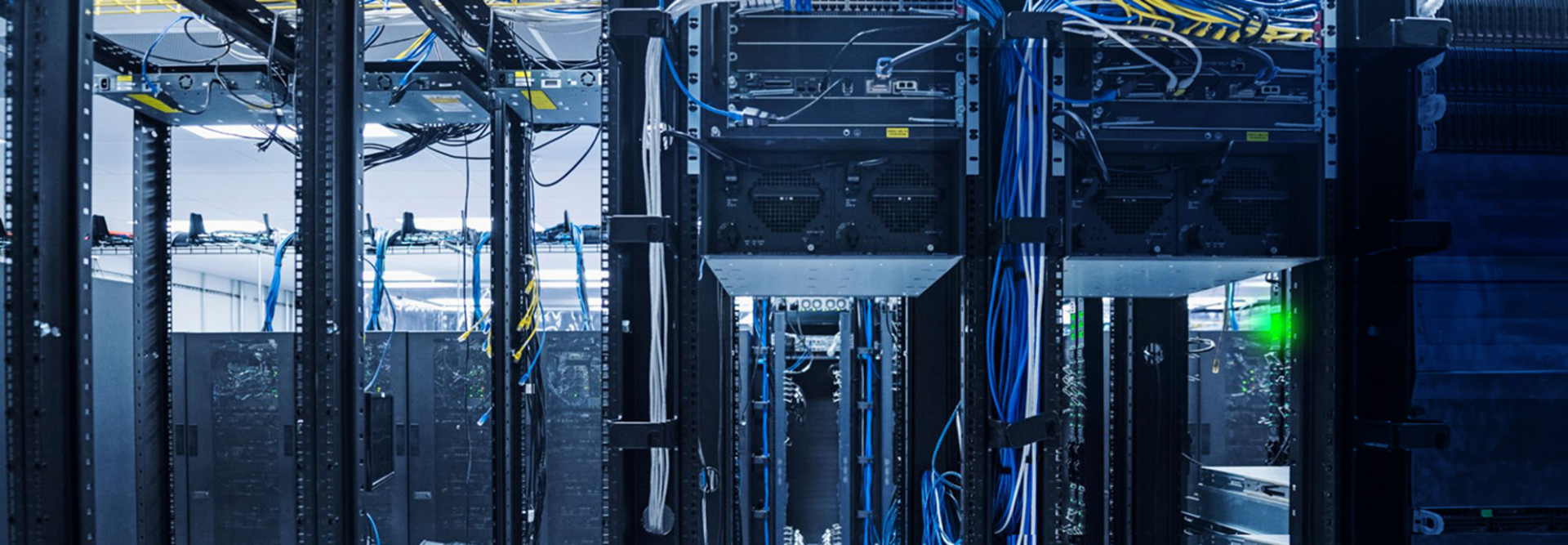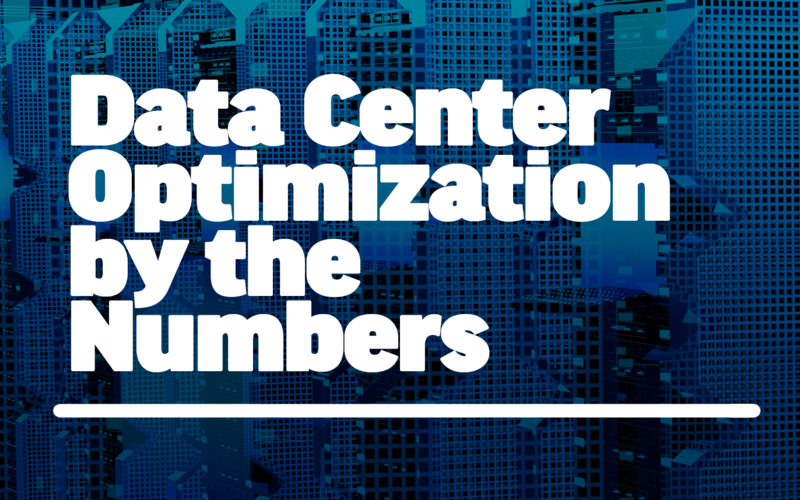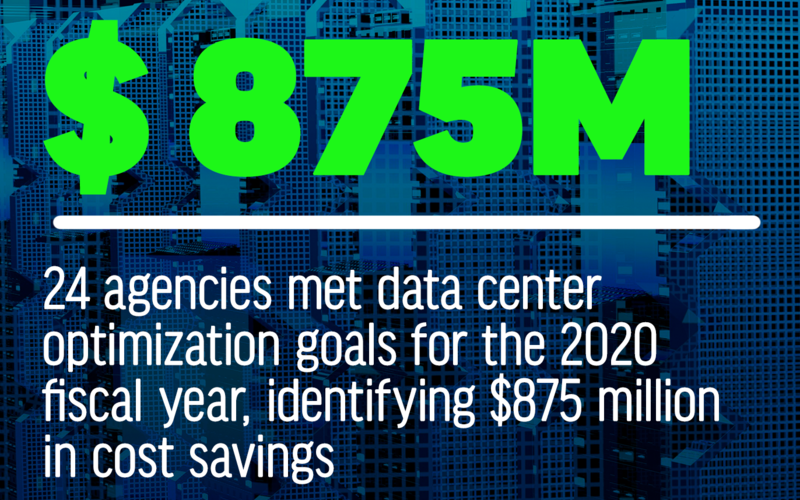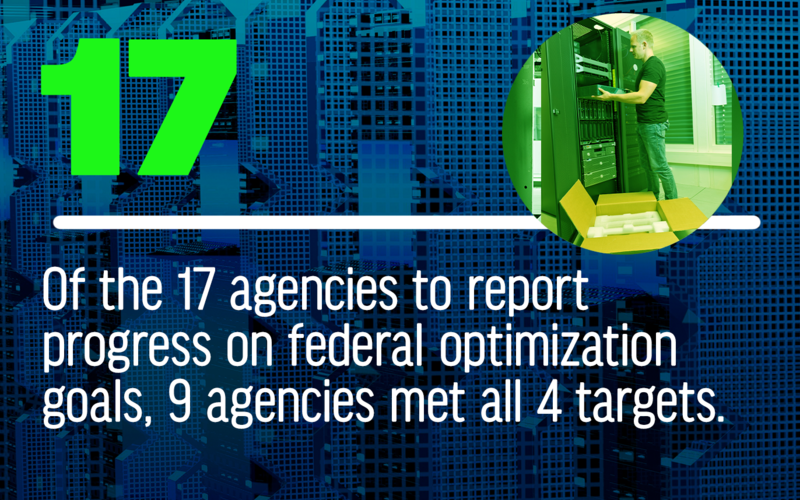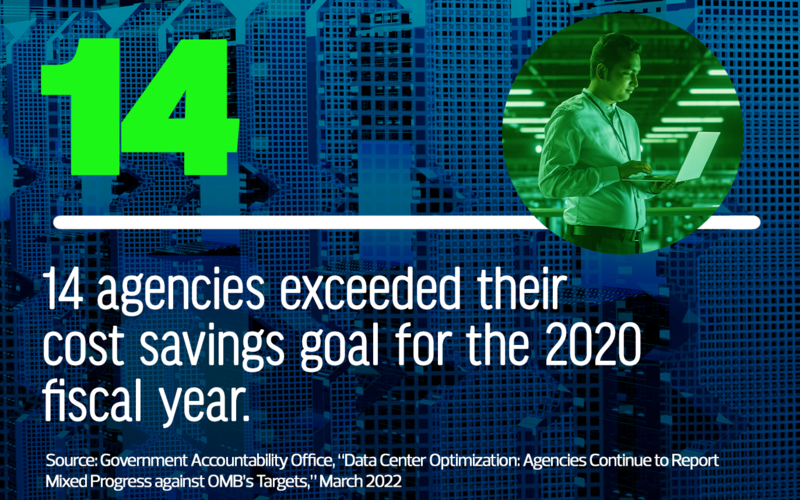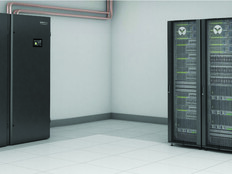Natural Disaster Sparks USPTO Data Center Move
The Alexandria, Va., headquarters of the U.S. Patent and Trademark Office are in a flood zone. “That has caused us problems in the past,” says Ian Neil, chief of USPTO’s server and storage services and the data center relocation lead for the agency.
“Every year during hurricane season, we have to group together and make a decision about whether we shut the datacenter down,” he says. “And that’s not a good place to be.”
Officials decided to close USPTO’s three remaining physical data centers (two in Alexandria and a disaster recovery site in Pennsylvania) and move IT resources to a colocation center in Manassas, Va., about 30 miles from headquarters.The move will consolidate what was previously 43,000 square feet of infrastructure into a 10,000-square-foot space.
Although the agency had long since virtualized most of its data center environment, its facilities were simply not equipped to handle densely packed infrastructure.
“The Alexandria data centers were built in the early 2000s, and we didn’t have the power and cooling capabilities within those data centers to consolidate and condense into a high-compute environment,” Neil says. “If we had a rack of servers, we were only able to fill it halfway because we ran out of power and cooling.”
READ MORE: Federal website consolidation eases the online journey for citizens.



